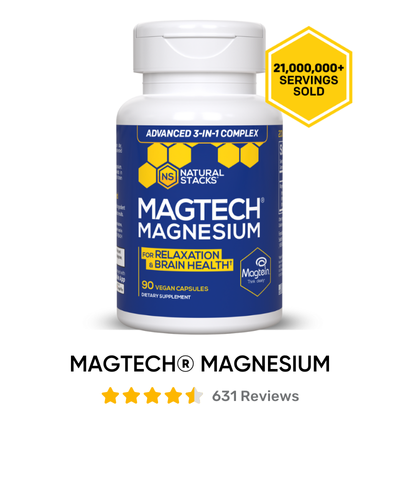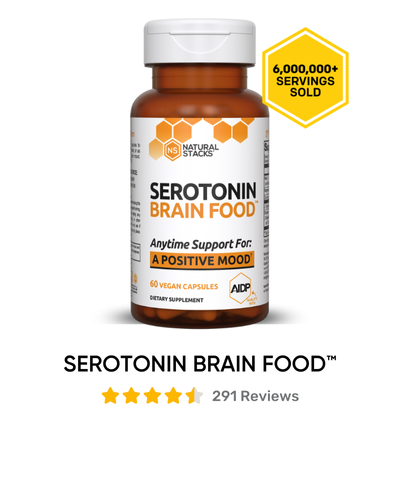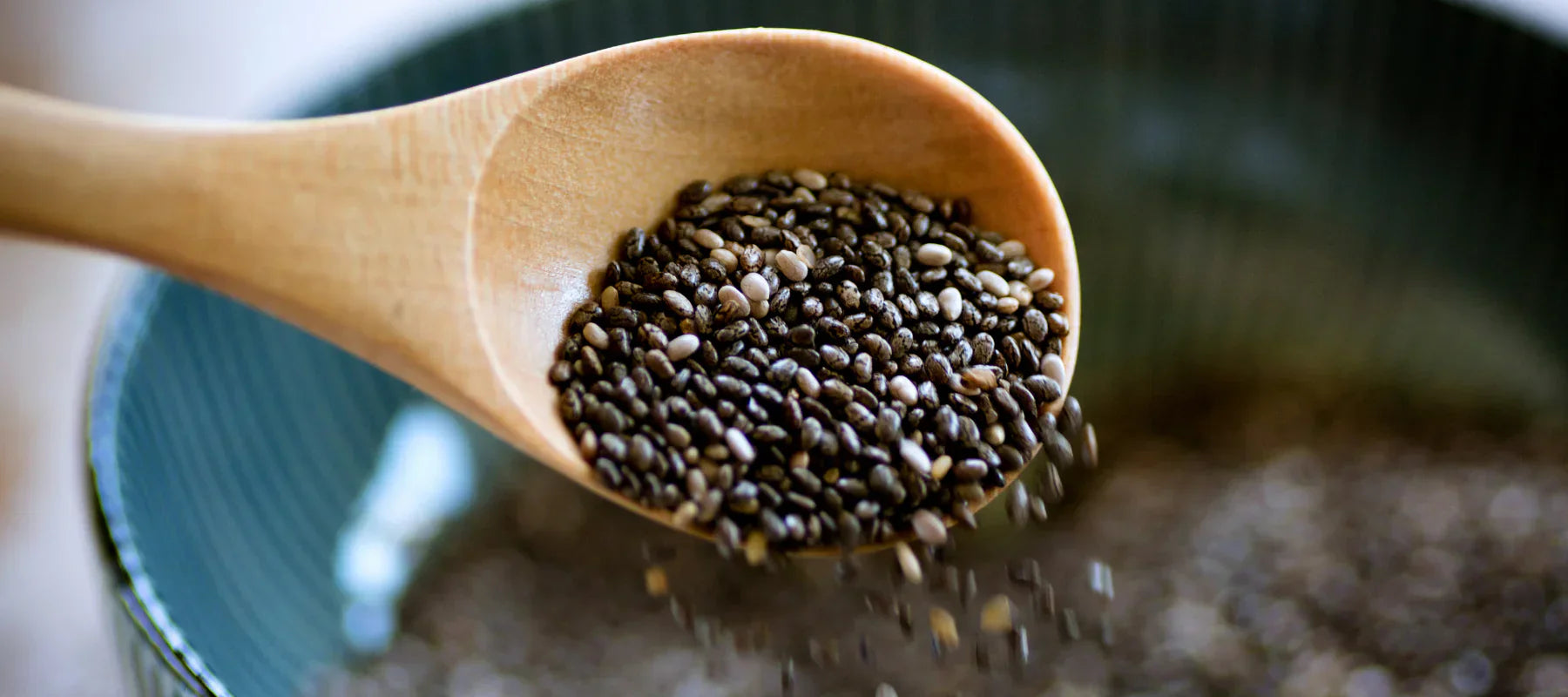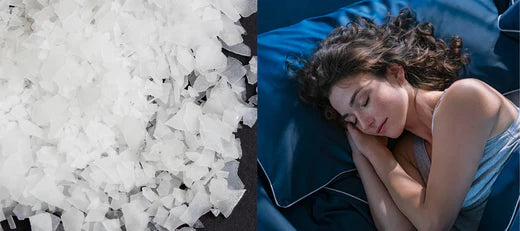Curcumin Micelles Improve Mitochondrial Function in a Mouse Model of Alzheimer's Disease

Beyond The Research: Curcumin Micelles Improve Mitochondrial Function in a Mouse Model of Alzheimer's Disease
A 2014 study published in the Journal of Prevention of Alzheimer's Disease found that curcumin, when delivered in the form of liquid micelles, decreased levels of soluble Aβ40 in mice brains, leading researchers to conclude that "curcumin micelles are a promising neutraceutical for the prevention of AD" [1]

Beyond the Research
First, realize this study was performed on mice.
Why do researchers use mice?
For one, mice have a shorter lifespan than humans. Their shorter life provides data faster, saving valuable time as researchers studies diseases that impact humans over the course of years - even decades.
So while mice may not translate 100% to human results, they do offer valuable scientific insights much more quickly. This allows scientists to pivot or press forward with research based on the results - helping us to advance science as quickly as possible.
Establishing Aβ40 as a Biomarker For Alzheimer's Disease
In order to quantify the presence or onset of AD, the researchers “tested for” Alzheimer’s by measuring an established biomarker of AD, known as Aβ40.
Aβ40 is a soluble oligomer that was identified in a 2010 study (using humans) as a reliable biomarker for AD. [2]
An oligomer is a molecular complex that consists a varying numbers of monomers (oligo = few) as opposed to those with fixed number of monomers like trimers (3 monomers) or tetramers (4 monomers). The molecules usually consist of peptides and or nucleic acids.
In the first 2010 study, researchers discovered that the specific oligomer Aβ40 was present in the cerebrospinal fluid (CSF) of patients with Alzheimer’s - establishing it as a scientifically valid biomarker.
This is the scientific foundation for the curcumin mouse study we’re exploring today.

The Results
In the 2014 study with mice, researchers tested brain mitochondrial function and concentrations of soluble Aβ40 before and after dosing them with curcumin micelles for 3 weeks.
After only three weeks (remember mice have a shorter life span than humans), levels of Aβ40 were reduced to a point that excited researcher to publish the following conclusion:
“Curcumin micelles are a newly developed formulation that account for increased curcumin bioavailability. Curcumin treatment had positive effects on mitochondrial membrane potential and respiratory control ratio. Additionally, it decreased levels of soluble Aβ40 in brains.”
Bioavailability of Curcumin Liquid Micelles and NovaSOL Technology
The increased absorption rate of curcumin micelles has been confirmed in a separate study.
Published in Molecular Nutrition and Food Research in 2014, this study found that curcumin micelles are 10X better absorbed than standardized curcumin powders, and 185X better absorbed than regular curcumin powders.
The published findings read: “the liquid micellar formulation of curcumin significantly improved its oral bioavailability” and “Consumers will benefit dramatically from consuming relatively low doses of NovaSOL Curcumin (about 80 to 90 mg per day) as that is the bio-equivalent dose of 12 to 15 grams of curcumin powder.” [3]
Wait, what is a micelle?
A micelle is special formation of lipid (fat) molecules arranged into a spherical shape within a liquid solution. This special shape puts the water-loving (hydrophilic) ends of a fat molecule on the outside of the sphere, while the water-hating (hydrophobic) ends are in the center of the sphere.

It it this structure that allows for an oil-in-water solution instead of one where the oil separates from water.
A common example is any oil-in-water solution. Bulletproof or butter coffee is a prime example. Oils like MCT Oil or butter tends to separate from water-based coffee unless mechanically blended into tiny micellar fat droplets that create a homogenous solution.
This technological advancement that has upgraded curcumin from a poorly absorbed powder into a biomimetic micelle means curcumin can be recognized by the body and allowed to freely move through transport channels where it delivers the benefits of curcumin directly to our cells. (No black pepper required for bioavailability when curcumin administered as a micelle.)
Curcumin has long been touted as a beneficial, natural compound. We're excited to see this new liquid micelle technology is enabling humans to better reap the benefits of this supplement.
Resources:
- Hagl, et al. Curcumin Micelles Improve Mitochondrial Function in a Mouse Model of Alzheimer's Diseases. Journal of Prevention of Alzheimer's Disease. 2014;1(2):80-83
- Gao CM, Yam AY, Wang X, Magdangal E, Salisbury C, et al. (2010) Ab40 Oligomers Identified as a Potential Biomarker for the Diagnosis of Alzheimer’s Disease. PLoS ONE 5(12): e15725. doi:10.1371/journal.pone.0015725
- Schiborr, C, et al. The oral bioavilability of curcumin from micronized powder and liquid micelles is significantly increased in healthy humans and differes between sexes. Molecular Nutrition & Food Research. 2014, 58, 516-527.










